A needle felt project the author finished.
Rosh Hashanah Day 1, 5783
A Time for Fixing and a Time for Finishing
As I sit in my home, I hear things calling to me. Often, they’re coated in chocolate, but not always. More often, they’re unfinished projects, clutter, things that need new homes. I walk by, and they taunt me. I think, “It will take me 5 minutes, I should sit down and do this.” But I don’t. And I know why.
When I was 36, I was diagnosed with “Adult ADD.” At that time, I wasn’t convinced it really existed in children–let alone adults–but reading Dr. Edward Hallowell’s book Driven To Distraction summed up my life, and the struggles I didn’t realize I had. What prompted me to spend an entire class period drawing a scene in pen on the bottom of my red corduroy dress? Why did it feel like I got very little done, and at the last minute? Why did I need a million projects going at one time? And why didn’t anyone know why?
In exploring this as an adult, I learned that at the age of eight I had been diagnosed as a perfectionist, and as someone who wasn’t able to express anger in her family. Big help. What did help was someone commenting that perhaps I suffered from a “lack of ‘finitiative.’” That was it. I would get just so far, and then fizzle out. Either I ran out of steam, got tired of it, or was afraid to finish, because the final product might not be perfect. That would lead to frustration that I didn’t have the item I was making available to me.
The paradox is that I hate loose ends, literally and figuratively. I like things to be tied up and finished, but never understood why I just didn’t get there. Then the pandemic hit, and I was spending even more time around all of my UFOs (UnFinished Objects). They haunted me.
As a case in point, I began writing this in July of 2020, and abandoned it in favor of other sermon topics for that year’s High Holy Days. I’m not sure if other, more pressing issues came up, or if I decided that sharing my “lack of finitiative” was too personal, but two years later, the world has changed, and so have I.
There’s a Hassidic story about a man studying at a yeshiva, who asks his Rebbe for permission to return home early, as he’s leading services for Rosh Hashanah and wants to study the machzor. The Rebbe denies the request, saying, “the prayers in the machzor haven’t changed since last year, but have you?”
Had the head of this yeshiva had the internet and been part of the Dreaming up High Holidays group on Facebook, he’d have realized that yes, prayers have changed. No, no one went through our Machzor Hadash and swapped out pages, but the number of new prayers, machzors, blessings and rituals that have been created over the past several years, and even more so since the pandemic began and we turned inward, is mind-boggling. You have a taste of that in the supplement we created, and in some new readings we’ll be sharing.
But the more things change, the more they stay the same, which is a loose translation of Kohelet, who wrote, ein hadash tachat ha shemesh, there’s nothing new under the sun.
Consider, for example, the reading known as the Unetane Tokef, which begins by proclaiming the sanctity of this day, and acknowledging the Blessed Creator who not only judges us–along with the celestial beings and even animals–but cares for and loves us. We sing the chorus to the paragraph that begins, b’rosh hashanah yikateivoon, v’yom tzom kippur yei-cha-teimoon, “On Rosh Hashanah it is written, and on Yom Kippur it is sealed.” The reading goes on to list the many ways that people might die, and the ways they might go through life. As I’ve noted before, this litany is reflective of the reality of the time when this was most likely written, perhaps as early as the Crusades. Who by sword and who by wild beast? Absolutely a possibility back then. If we were writing it today, there would be some similarities, but many differences as well.
What hasn’t changed is the hope that perhaps there’s something out there–Divine intervention or justice, a compassionate God, a sheltering presence–that can support us and help us find the strength we need to get through the difficulties that come our way.
And we’re here today, whether you’re here in the room with us or Zooming in, you’re here, which means that this day–and all it symbolizes–is important to you. I hope that when you leave this makom kadosh, this sacred space, that you’ll have changed just a bit from when you entered.
A few weeks ago in our adult learning, we looked at the “b’rosh hashanah” reading along with the song, “Who by Fire?” by Leonard Cohen, of blessed memory. I noticed for the first time that it isn’t all about who will live and who will die, and how: hunger, thirst, war, plague, etc. That’s how it starts, but then it shifts, and the next several lines speak about how we will live moving forward. Will we be settled in a place, or will we wander as refugees? Will our minds be calm or tormented? Who will be rich or honored, and who will be poor and humbled? And as Cohen asked, “Who should I say is calling.”
Who is calling? Is it God? Our parents? Friends? Perhaps our inner selves, our souls. The answer to that can completely change our experience and how we understand kedushat hayom, the sanctity–the holiness–of this day.
The word teshuva, which usually gets translated as “repentance” at this time of year, means “to turn.” Engaging in teshuva means a turning back, a turning inward, or a turning towards something, depending on what we need. It could mean all three.
When I began writing this two years ago, I titled it, “A Time for Fixing and a Time for Finishing,” perhaps a play on Kohelet, Ecclesiastes, who writes that “to everything there is a season, and a time for every purpose under heaven.” I’m not quite sure now. I do remember thinking that I had started using some of my time at home during the early months of the pandemic to attack some of those unfinished projects; the knit items that needed finishing, the hole in the pants pocket that I finally sewed up, rather than swearing every time I tried to put something in it. And somehow, that hole has reappeared. Doesn’t say much about my sewing skills!
During the month of Elul, leading up to this day, we engage in something called Heshbon haNefesh, an accounting of the soul. We go over the past year and think about how it was, how we did. What do we want to improve on? What habits and baggage can we leave behind? However, it’s not enough to just think about improving on the past, we need to think about moving forward. What do I want for my life in the coming year? Are there relationships I’d like to cultivate, skills I’d like to learn? Did I not take enough time for myself and family last year? Was I too focused on work, or volunteering, or activism? On the flip side, did I fall down the Netflix or Hulu rabbit hole and spend too much time binge-watching the latest series? Yup, guilty of that one, although in my defense, I’m usually knitting while binge-watching, so I figure it’s productive time.
Over the years, I’ve tried many things to deal with my attention difficulties, perfectionist tendencies and lack of finiative, and many worked, sometimes. Even invoking the Nike slogan, “Just do it,” sometimes motivates me to change a light bulb rather than sit in the dark.
Do I see people squirming in their seats? Nodding their heads? Breathing a sigh of relief? Sometimes, all we need is to know that we’re not alone in our struggles. Just because other people appear as though they have it all together, doesn’t mean they do. And it’s amazing when we learn that other people think we are the ones who do!
As we move through Rosh Hashanah and through the days leading up to Yom Kippur, let your heshbon hanefeshpractice be a way to embrace your whole self, your human self, the person that the Blessed Creator knows you can be, and the person you know you can be.

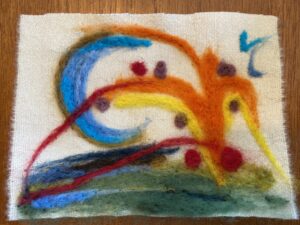
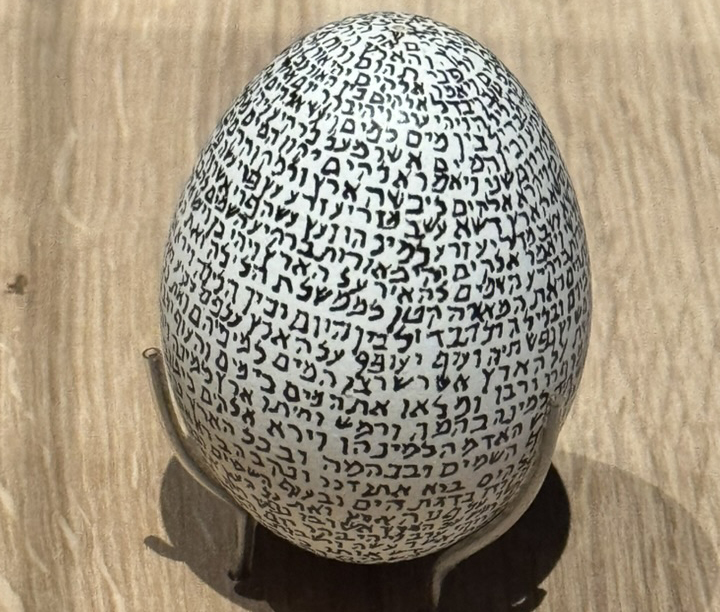
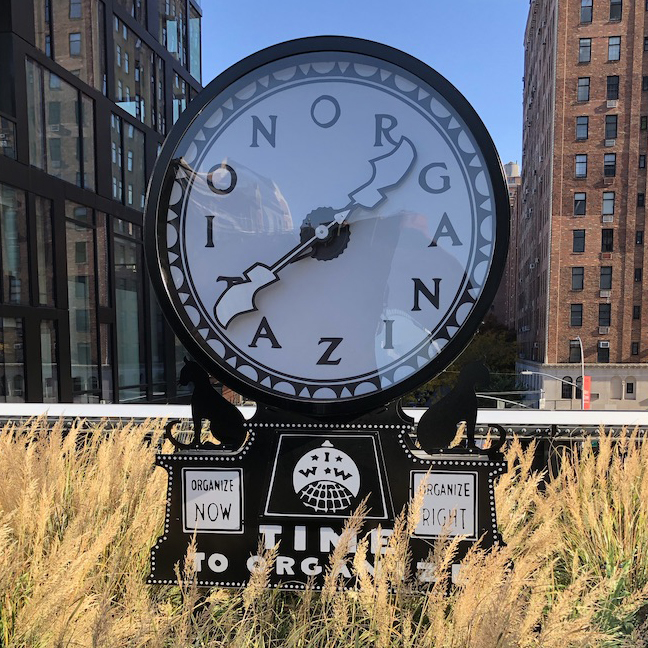

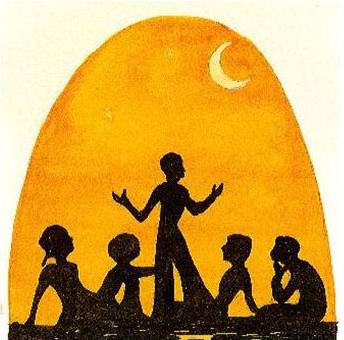

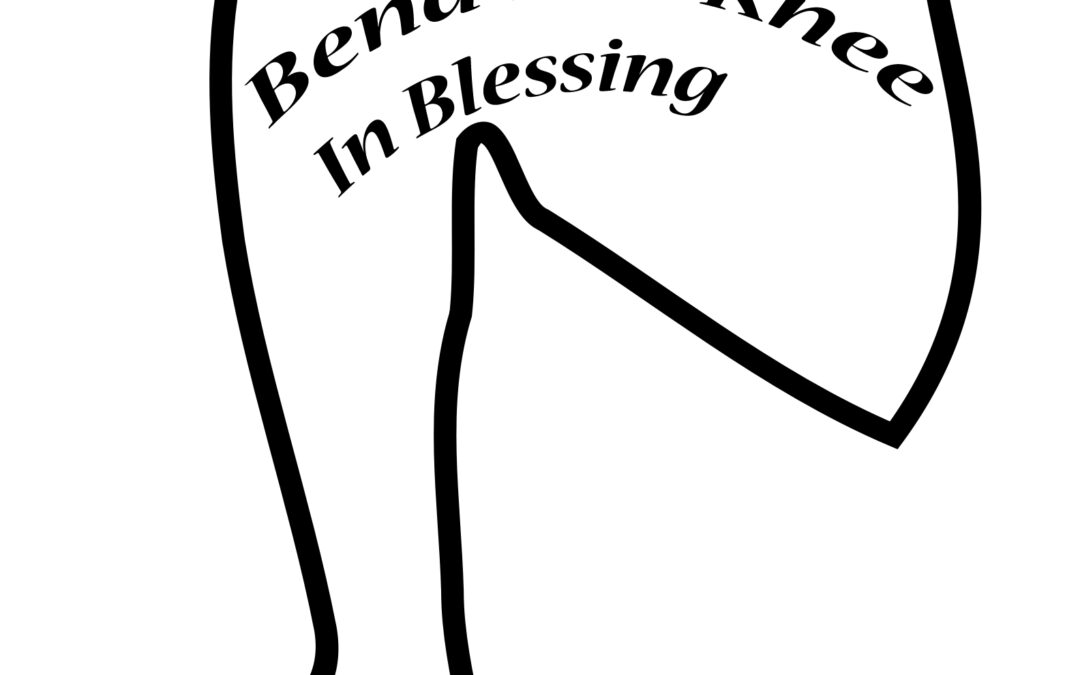

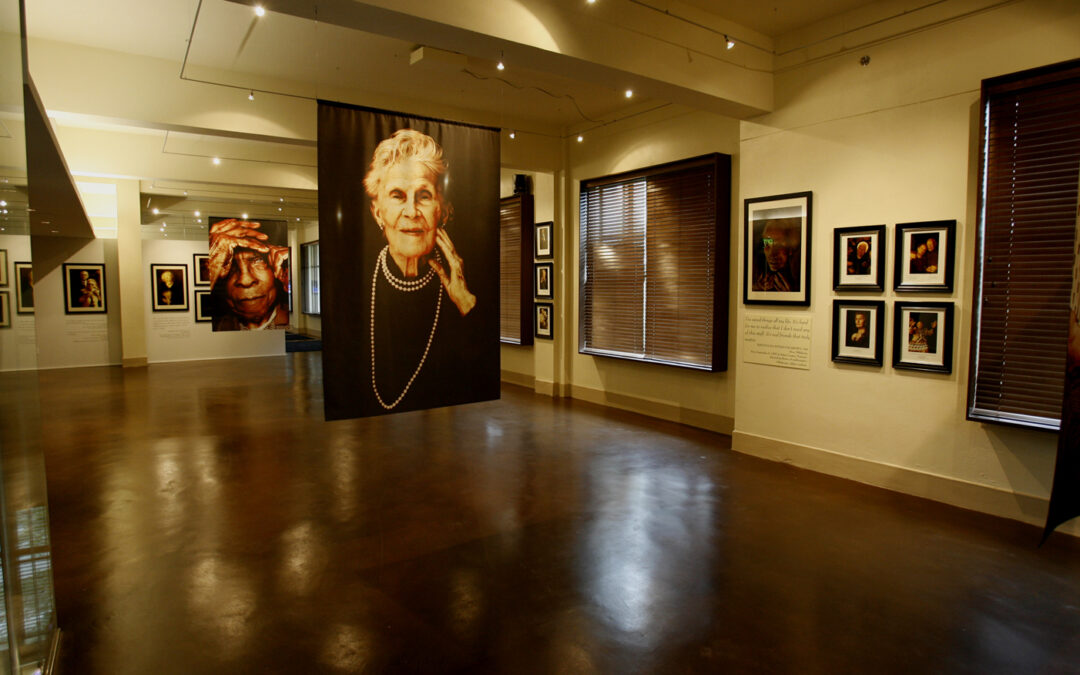
0 Comments